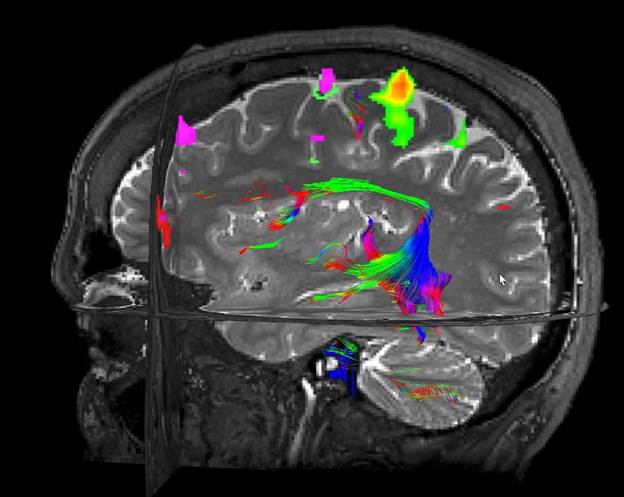Understanding Functional MRI (fMRI)
For centuries, the inner workings of the human brain remained largely mysterious. But today, with the help of functional magnetic resonance imaging (fMRI), we can observe the brain while it’s working. This non-invasive technology has opened new doors in neuroscience, allowing researchers and clinicians to explore how we think, feel, and respond — all in real time.
What Is fMRI?
Functional MRI is a cutting-edge brain imaging method that tracks activity by monitoring blood flow. When neurons in a particular brain region become active, they demand more oxygen. In response, the body increases blood supply to that area — and fMRI captures this change.
Unlike standard MRI scans that show the brain’s physical structure, fMRI allows us to see how the brain functions, moment by moment. It’s like watching a live broadcast of mental processes as they happen.
How fMRI Captures Brain Function
The technology behind fMRI is based on something called the BOLD (Blood Oxygen Level Dependent) signal. Here’s how it works:
- A person lies in the MRI machine while engaging in tasks like thinking, speaking, or moving.
- The scanner detects variations in blood oxygenation caused by brain activity.
- Software translates these shifts into visual data, highlighting active areas of the brain.
These active regions are displayed on digital brain maps using color-coded overlays, often with brighter colors indicating stronger activity.
Key Uses of fMRI
1. Research in Brain Science and Mental Health
fMRI is a powerful tool for exploring how the brain processes everything from emotions to decision-making. It has been pivotal in studies on:
- Memory and learning
- Emotional regulation
- Language comprehension
- Neurodevelopmental conditions like autism or ADHD
- Mental health disorders such as depression and anxiety
2. Planning Brain Surgery
In clinical settings, fMRI is used to pinpoint vital brain functions — such as speech or motor control — especially in patients with brain tumors or epilepsy. This helps doctors avoid critical areas during surgery, reducing risks and improving recovery.
3. Human-Machine Interaction
Some pioneering research uses fMRI to help develop brain-computer interfaces, allowing users to control external devices with their thoughts — a potential breakthrough for individuals with physical disabilities.
4. Cognitive and Behavioral Research
Though still under ethical debate, fMRI has been explored for applications in lie detection, as well as studies into how humans make moral choices, form beliefs, and understand social behavior.
Benefits of Functional MRI
- Safe and non-invasive: No surgery or radiation required.
- Precise imaging: Excellent spatial detail to pinpoint brain function.
- Live tracking: Allows observation of mental processes as they occur.
- Repeatable: Suitable for long-term or comparative studies.
Challenges and Considerations
Despite its advantages, fMRI comes with a few limitations:
- High cost: Machines and scans are expensive to operate.
- Motion sensitivity: Even small movements can affect scan accuracy.
- Indirect results: fMRI measures blood flow, not the actual firing of neurons.
- Complex analysis: Data interpretation requires careful control and expertise.
The Road Ahead
Functional MRI is constantly evolving. Researchers are working on:
- Producing faster, more detailed scans
- Integrating AI to interpret data more efficiently
- Using fMRI for personalized treatment planning in mental health and neurology
